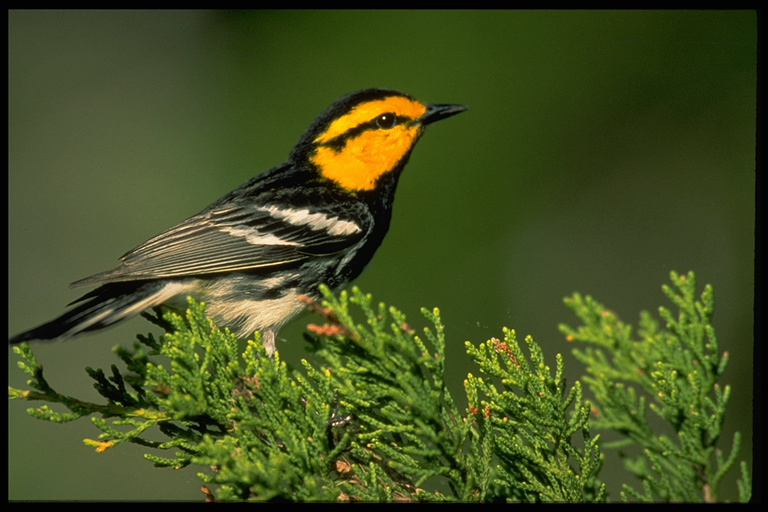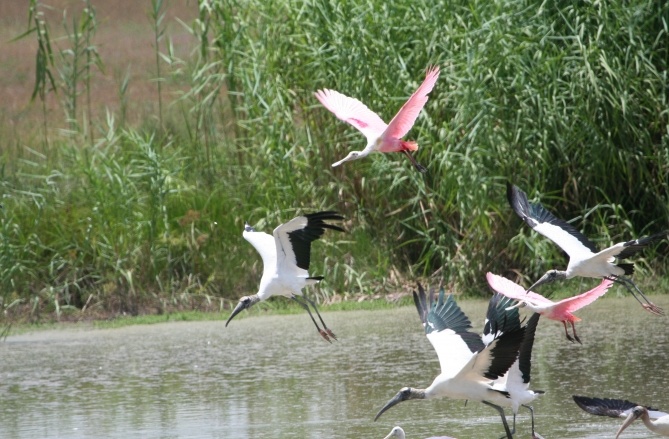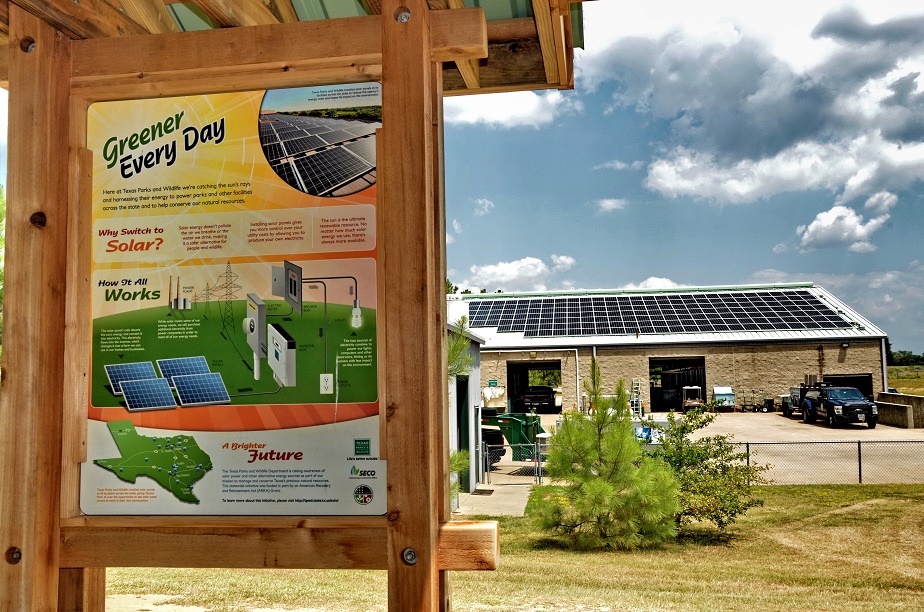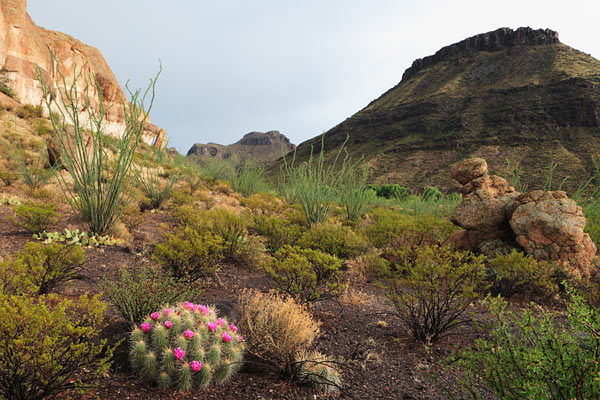Consider the Golden-Cheeked Warbler
Wednesday, December 18th, 2019This is Passport to Texas
Hear that? That’s the Golden-cheeked warbler.
The Golden-cheeked Warbler is only in about 33 counties of Texas. It breeds nowhere else on the planet.
Texas Parks and Wildlife state ornithologist Cliff Shackelford says we can be very proud that this bird is endemic to Texas. But the Golden-cheeked Warbler remains on the federal endangered species list.
It’s been on the list for quite some time. There’s been talk about revisiting that. The data we have suggests that it’s fairly stable but not on a huge incline. There’s still a lot of challenges.
Challenges like the expanding human population into the Texas Hill Country. All too often the tall stands of Ashe-juniper and oak trees Golden-cheeked Warblers depend on are completely removed for development. But preserving native vegetation benefits both the species and the landowner.
Property value is greater when you leave old trees. When we leave that habitat we’re also protecting those hillsides from erosion. You’ve got vegetation holding the soil together. And so you’re not just leaving the habitat for this bird, you’re also helping your property in general.
Sounds like a win-win Cliff.
The Wildlife Restoration Program supports our series and funds Golden-cheeked Warbler research in Texas.
For Texas Parks and Wildlife…I’m Cecilia Nasti.



![Running the board for a station that runs by the sun. [Image Courtesy of Sun Radio]](https://passporttotexas.org/wp-content/uploads/2019/10/intern_sun_radio.jpg)



 Passport to Texas is a
Passport to Texas is a  Passport to Texas is made available by:
Passport to Texas is made available by: